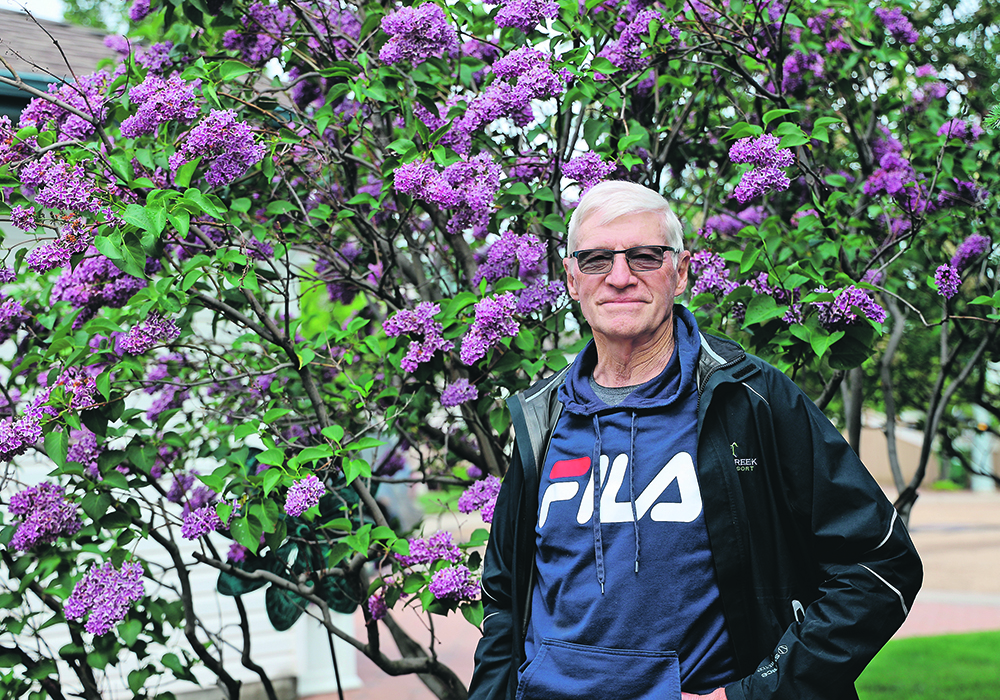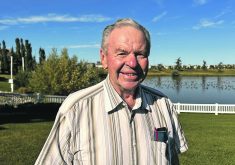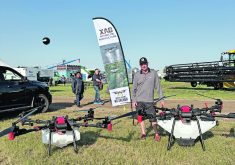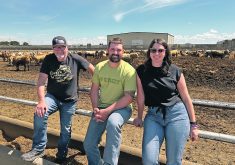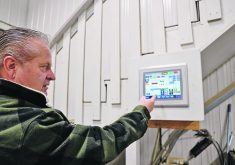Farmer puts past experience to good use while helping mediate equipment repairs that don’t always go smoothly
CAMROSE, Alta. — An agriculture engineering degree, a lifetime of farming and volunteering on local boards and committees scored Keith Rasmuson his first job off the farm.
Almost three years ago, Rasmuson was hired as a farm implement inspector, a type of mediator to help farmers and machinery dealers navigate the sometimes tricky negotiations when farm machinery purchases or repairs go sour.
Rasmuson said while farming and engineering helped him understand the process, it was his time on boards and committees and being an employer that has helped most in the job.
Read Also

Canadian Food Inspection Agency slammed for handling of bovine tuberculosis case
The federal government leans heavily on producers to “take one for the team” and risk their livelihoods without any reassurance of support.
“It’s a people job and being able to communicate. That is the most important part of it,” said Rasmuson, who has farmed near Gwynne since 1972.
In 1973, the Farm Implement and Dealership Act was introduced in Alberta to ensure farmers had access to parts and service of their new farm equipment for 10 years after buying new equipment and ensured a one-year warranty on new equipment.
Part of Rasmuson’s job is working with farmers to ensure dealerships live up to their warranty obligations.
“That is the easy one. In most dealerships, they live up to their expectations.”
The rest of the part-time job is spent helping farmers who have bought older pieces of farm equipment from a dealer and now have lingering repair issues.
“For the most part there are thousands of transactions that go on in a year and I hear from maybe 50 clients a year.”
Rasmuson wasn’t looking for a job after retiring from farming as a grain and purebred pork producer. His volunteer job co-ordinating a new building at the local agricultural society fairgrounds was coming to an end and someone suggested he apply for the farm implement inspector position through the Alberta Farmers’ Advocate office.
It has been a good fit. Most of the discussions are handled through email or telephone conversations with the farmer, dealer, or manufacturer from his new home in Camrose.
“It has a lot of power; I am quite impressed. When I call I usually get calls back immediately. Very seldom do I ever get put off. The dealers all know about the farm implement act, but the farmers are still learning about it,” said Rasmuson, who is trying to raise awareness of the act and its role in helping farmers.
“The limited awareness by farmers tells you that the dealers and the dealerships are actually doing their jobs.”
Recently, he worked with a farmer and dealership about a tractor with a motor that needed to be replaced. The new motor, plus extra repair expenses, boosted the value of the tractor and Rasmuson convinced the two sides to split the difference of the extra $15,000 cost.
“And everyone went away sort of happy.”
Another time, Rasmuson worked with a farmer and dealer about endless problems with a new drill. In the act, farmers can request compensation if the warranty is not satisfactory and then request a hearing from the farm machinery board, which is made up of farmers, dealers and manufacturers.
“I had spent two months with the farmer and the seed drill and wasn’t getting anywhere so I said, ‘make the application’. Once he made the application for compensation then the manufacturer said, ‘here is a new machine,’” he said.
“If that piece of machinery gets reviewed by the board and the board says the farmer deserves a new piece of machinery because obviously you guys spent three months and couldn’t fix it, then what happens is that piece of machinery gets listed under the website and serial number for equipment put on. They don’t want a drill or a piece of equipment on the blacklist.”
Other times he has made phone calls to manufacturers in the United States to explain the Alberta law. Every manufacturer and dealer that sells equipment in Alberta must be licensed under the farm implement act to do business in the province. Non-compliance means they lose their membership and can’t sell new equipment in Alberta.
The recent move off the farm to Camrose is Rasmuson’s first time living off the farm, except for his time at university. His grandfather bought the land between Camrose and Wetaskiwin in 1910 and built the first farm home in 1917.
Rasmuson and his wife, Dianne, lived in the original farmhouse and a second house in the yard. It is here they raised their children, were key industry players in the prairie hog industry, were leaders in their local 4-H club, coached sports and recently inducted into the Wetaskiwin Agricultural Hall of Fame.
Keeping that family connection in the farm was important for Rasmuson as they planned their move off the farm. This spring, the farmyard and a piece of land was sold to a relative who plans to expand a dairy operation. With existing infrastructure from the purebred hog operation, including barns, lagoons, feed mills and gas lines, the fit was perfect to transition from hog to dairy.
“We were happy it stayed in the family. The last 10 years it was a concern what was going to happen with it. The actual farm site stays in the family. That made it attractive.”

